What Is Master Card
Mastercard is a global financial services corporation that operates a worldwide network for processing electronic payments. The company was founded in 1966 and is headquartered in Purchase, New York, United States. Mastercard offers a range of products and services, including credit cards, debit cards, prepaid cards, and other payment solutions.
When you use a Mastercard to make a purchase, the transaction is processed through the company’s network, which connects banks, merchants, and other financial institutions. The network ensures that the transaction is authorized, verified, and settled securely and quickly.
Mastercard credit cards are widely accepted at millions of merchants and ATMs worldwide, making them a convenient way to make purchases and access cash. Additionally, Mastercard offers various features and benefits to cardholders, such as rewards programs, travel insurance, and purchase protection.
History of Master Card
Mastercard is a multinational financial services corporation headquartered in Purchase, New York, United States. It was originally formed in 1966 as “Interbank Card Association” (ICA) by a group of California banks to compete with the Bank of America’s Bank Americard credit card program, which was later renamed Visa.
In 1969, ICA changed its name to Master Charge: The Interbank Card. It was initially created as a consortium of several regional bankcard associations, which allowed member banks to issue Mastercard-branded cards. By 1979, Master Charge had officially changed its name to Mastercard.
Throughout the 1970s and 1980s, Mastercard grew rapidly and expanded internationally. It launched its first global advertising campaign in 1997 with the slogan “There are some things money can’t buy. For everything else, there’s Mastercard,” which became one of the most recognized advertising taglines in the world.
In 2002, Mastercard became a publicly-traded company on the New York Stock Exchange. In the following years, it continued to innovate and expand its offerings, introducing new products such as Mastercard Pay Pass contactless payments and Mastercard Secure Code for online transactions.
Today, Mastercard is one of the world’s largest payment processing companies, serving customers in more than 210 countries and territories. It operates a network that connects more than 25,000 financial institutions and millions of merchants worldwide, processing billions of transactions each year.
What is Master Card used for
Mastercard is a popular payment processing network that enables people to make electronic transactions, including purchases, withdrawals, and transfers. Mastercard is widely used to pay for goods and services in stores, online, and over the phone. It can also be used to withdraw cash from ATMs and to transfer money between bank accounts.
To use Mastercard, you typically need to have a bank account or credit card that is linked to the Mastercard network. When you make a payment using Mastercard, the payment information is sent securely between your bank, the merchant’s bank, and the Mastercard network, ensuring that the transaction is completed quickly and securely. Mastercard also provides fraud protection and dispute resolution services to help protect users against unauthorized transactions or billing errors.
In summary, Mastercard is a payment processing network that enables people to make electronic transactions quickly and securely, whether they’re paying for goods and services in-store, online, or over the phone, withdrawing cash from ATMs, or transferring money between bank accounts.
Difference between Visa and Master Card
Visa and Mastercard are two of the most widely recognized payment card brands in the world. While both offer credit, debit, and prepaid cards, there are some key differences between the two.
- Network: Visa and Mastercard operate on different payment networks. Visa transactions are processed over the Visa Net network, while Mastercard transactions are processed over the Mastercard Network.
- Global Acceptance: Both Visa and Mastercard are accepted globally, but there are some differences in the level of acceptance in certain regions. For example, Visa is more widely accepted in Europe, while Mastercard is more popular in Asia.
- Rewards and Benefits: The specific rewards and benefits offered by Visa and Mastercard cards can vary, but both brands offer various perks such as cash back, travel rewards, and purchase protection.
- Fees and Interest Rates: Fees and interest rates can vary depending on the specific card issuer, but both Visa and Mastercard offer a range of cards with varying fees and interest rates.
- Security: Both Visa and Mastercard offer advanced security features such as fraud protection and zero liability for unauthorized purchases, but the specific security measures can vary depending on the issuer.
The differences between Visa and Mastercard are relatively minor and most consumers will find that both brands offer similar benefits and features. When choosing between the two, it’s important to compare specific cards from various issuers to find the best fit for your individual needs.
How does Master Card work
Here’s how it works:
- Issuing Bank: A bank or financial institution issues a Mastercard to a customer who has applied for it.
- Cardholder: The customer who receives the Mastercard becomes the cardholder. They can use the card to make purchases or withdraw cash from ATMs.
- Merchant: The cardholder can use the Mastercard to pay for goods or services at a merchant’s point of sale (POS) terminal. The merchant’s payment terminal reads the information stored on the magnetic stripe or the chip embedded in the card and communicates with the Mastercard network to authorize the transaction.
- Mastercard Network: The Mastercard network is a global payment processing network that connects merchants, card issuers, and banks. It processes the payment transaction and verifies that the cardholder has sufficient funds or credit available to complete the purchase.
- Authorization: If the cardholder has enough funds or credit, the transaction is authorized, and the payment is processed. The cardholder’s bank deducts the purchase amount from their account or adds it to their credit line.
- Settlement: The merchant’s bank receives the payment from the cardholder’s bank and settles the transaction. The merchant receives the payment for the purchase, minus any fees charged by the payment processing network and the merchant’s bank.
- Billing: The cardholder receives a monthly billing statement from their bank or credit card company, which shows the transactions made using their Mastercard. The cardholder is required to make at least the minimum payment due on the statement, or they may face late payment fees and interest charges.
Business Model of Master Card
Here are the key components of Mastercard’s business model:
- Network: Mastercard operates a vast payment network that connects financial institutions, merchants, and cardholders. Its network facilitates the transfer of funds between different parties, ensuring that payments are processed securely, quickly, and efficiently.
- Payment processing: Mastercard provides payment processing services to banks, merchants, and other organizations. These services include authorization, clearing, and settlement of transactions, as well as fraud prevention and risk management.
- Issuing and acquiring: Mastercard operates as both an issuer and acquirer of payment cards. It partners with banks and financial institutions to issue credit and debit cards to consumers, while also partnering with merchants to acquire payment card transactions.
- Technology: Mastercard invests heavily in technology to develop innovative payment solutions that meet the evolving needs of its customers. This includes developing mobile payment solutions, digital wallets, and other payment technologies that enhance the user experience and improve payment security.
-
Data and analytics: Mastercard leverages its vast transaction data to provide insights and analytics to its customers. This includes data on consumer spending patterns, transaction volumes, and other metrics that can help businesses make better-informed decisions.
How to apply for a Mastercard Credit card
To apply for a Mastercard credit card, you can follow these general steps:
- Check your credit score: Before you apply, it’s a good idea to check your credit score. You can get a free credit report from each of the three major credit bureaus (Equifax, Experian, and TransUnion) once a year at AnnualCreditReport.com.
- Compare credit cards: Look for a credit card that fits your needs and spending habits. Compare interest rates, fees, rewards, and benefits to find the best option for you.
- Apply online or in person: Most credit card issuers allow you to apply online through their website. You can also apply in person at a bank or credit union branch.
- Fill out the application: You’ll need to provide personal information such as your name, address, Social Security number, and employment status. You may also need to provide information about your income and expenses.
- Wait for a decision: The credit card issuer will review your application and make a decision on whether to approve you for the credit card. This process can take a few days to a few weeks.
- Receive your card: If you’re approved for the credit card, you’ll receive it in the mail. Activate your card according to the instructions provided.
- Start using your card: Once you activate your card, you can start using it to make purchases. Be sure to read the terms and conditions carefully, and use your card responsibly to avoid accumulating debt.
Remember to pay your credit card bill on time and in full each month to avoid interest charges and late fees.






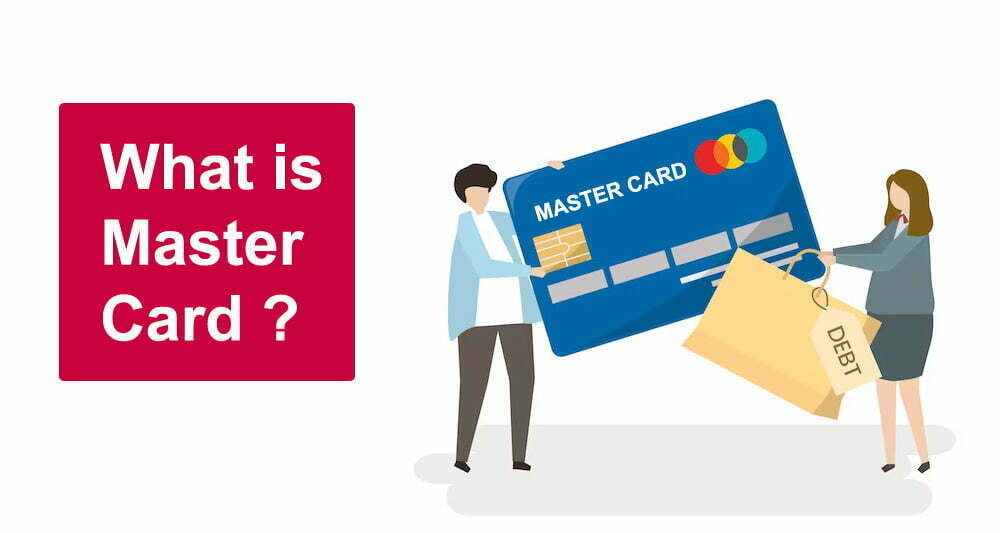


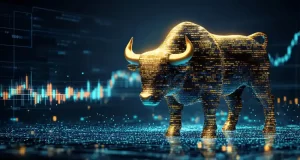





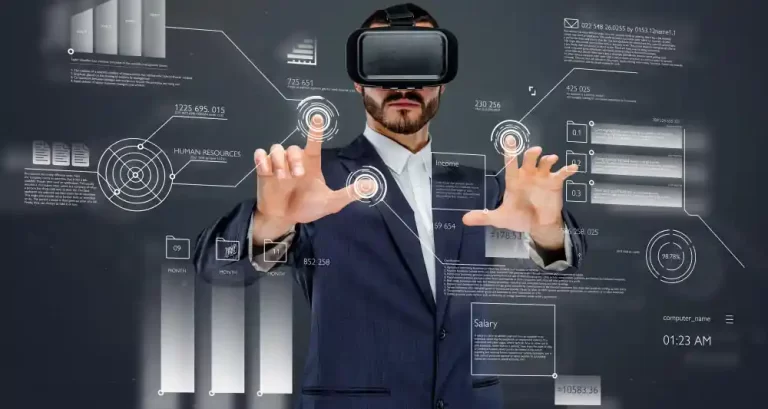
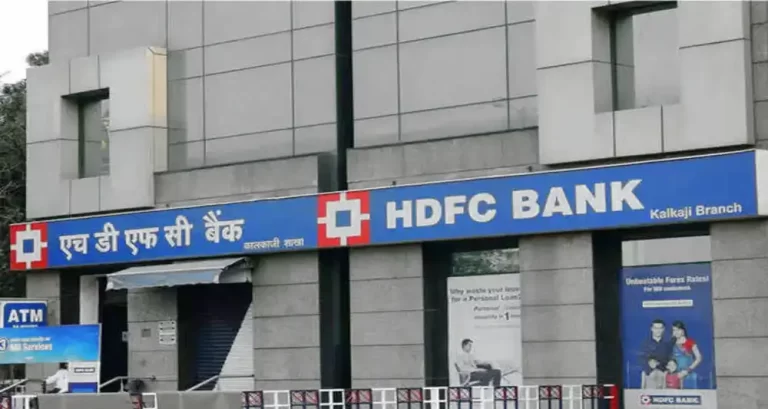

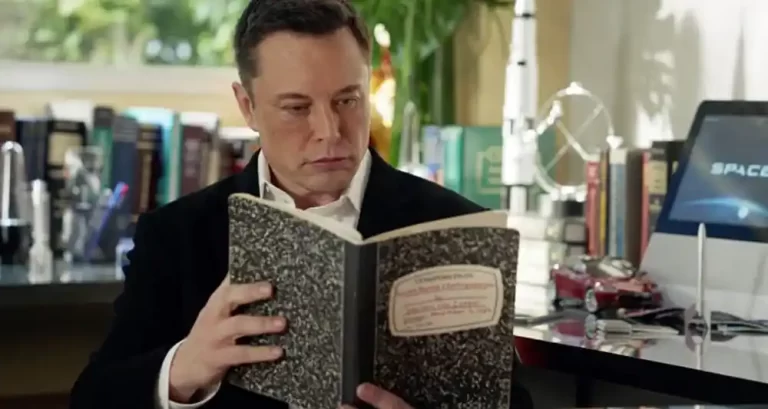



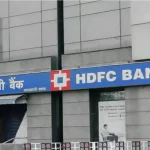



+ There are no comments
Add yours